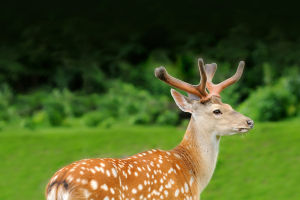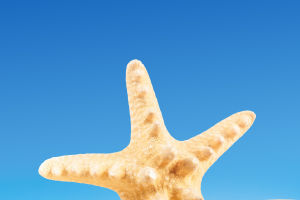Generally speaking, those selected as national birds must be precious and rare birds or birds of great value and significance that are loved by the people of the country. The Kestrel, Belgium's national bird, has a ferocious rigidity and an elegant softness.
Kestrels are small birds of prey with a vertical black stripe below the eye. They inhabit mountains and wilderness and live alone or in pairs. They fly high and some even occupy magpie nests during the breeding season. It is slightly larger than the American falcon found in North and South America, but it is not as brightly colored.
Wild kestrel recipes include mice, frogs, lizards, squirrels, snakes, etc. They also eat insects such as locusts, grasshoppers, and crickets. A large part of the kestrel's food is voles, and it can be called a master mouser among birds of prey.
Kestrel's eyeballs can see ultraviolet light.With this skill, the kestrel flaps its wings and hovers over the field where the voles are frequented, observing and looking for the ultraviolet rays reflected by the urine left by the voles on the road, so as to find out where the voles are hiding.
In the city, more than 20 meters above the ground, a bird the size of a pigeon hung there, as if bound by the traction force in all directions, unable to move. It flapped its wings violently, as if trying to break free, but no matter how hard it tried, its body position didn't change. Don't be surprised if you see this in a meadow, it's just a kestrel trick.
Kestrels are very good at hovering in the air. When hunting, it often stops its body in the air in this way and looks down for prey on the ground. This allows for a finer search, making it easier to catch prey.
In life, people often do not notice the existence of kestrel. Only in the open air stop-motion acrobatics can attract some people's attention. Sometimes it stops against the wind and doesn't even need to flap its wings. The body is held in the air by the lift provided by the airflow, as long as the posture of the wings and tail is slightly adjusted to maintain balance.
Therefore, in Europe, the kestrel is also called "swaying with the wind", and the name is really apt. Of course, the stability of this is not as high as flapping wings, and it fluctuates with the strength of the wind.


